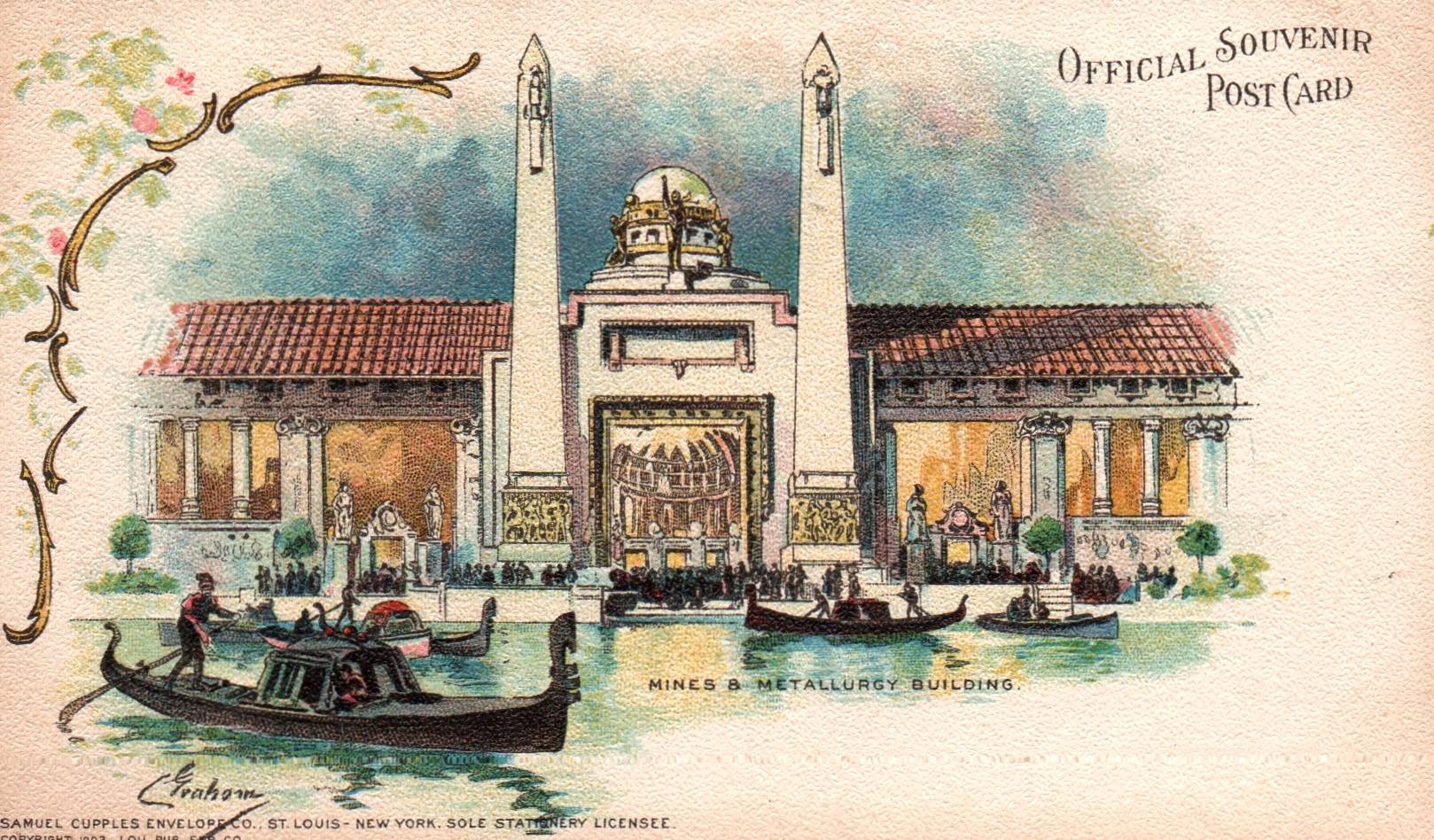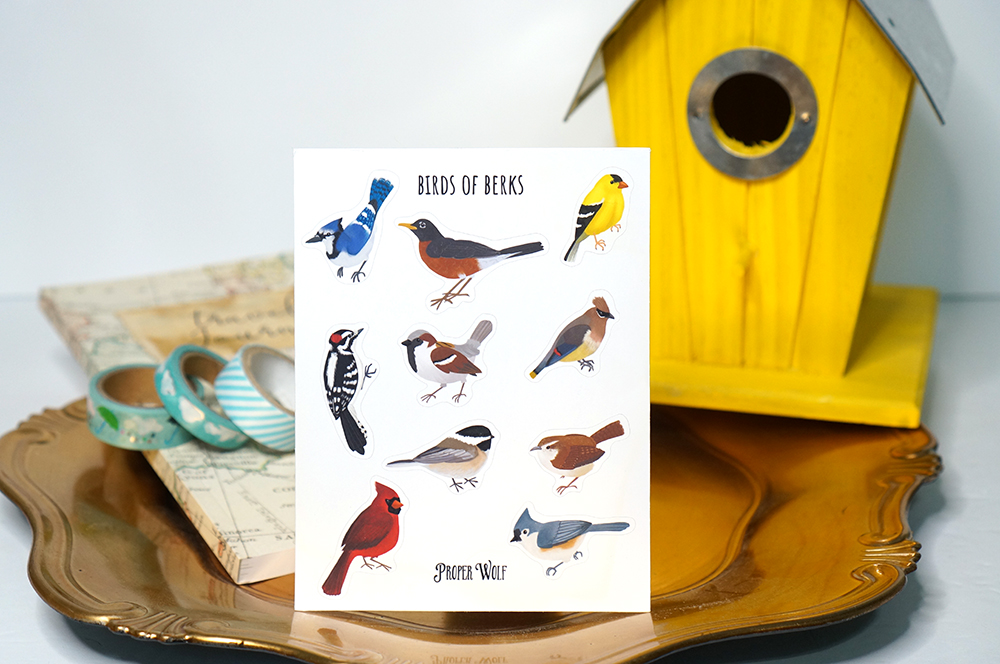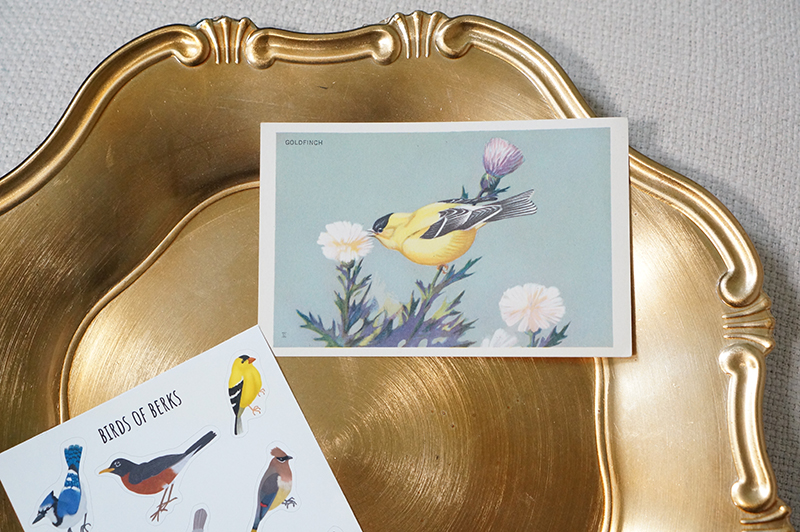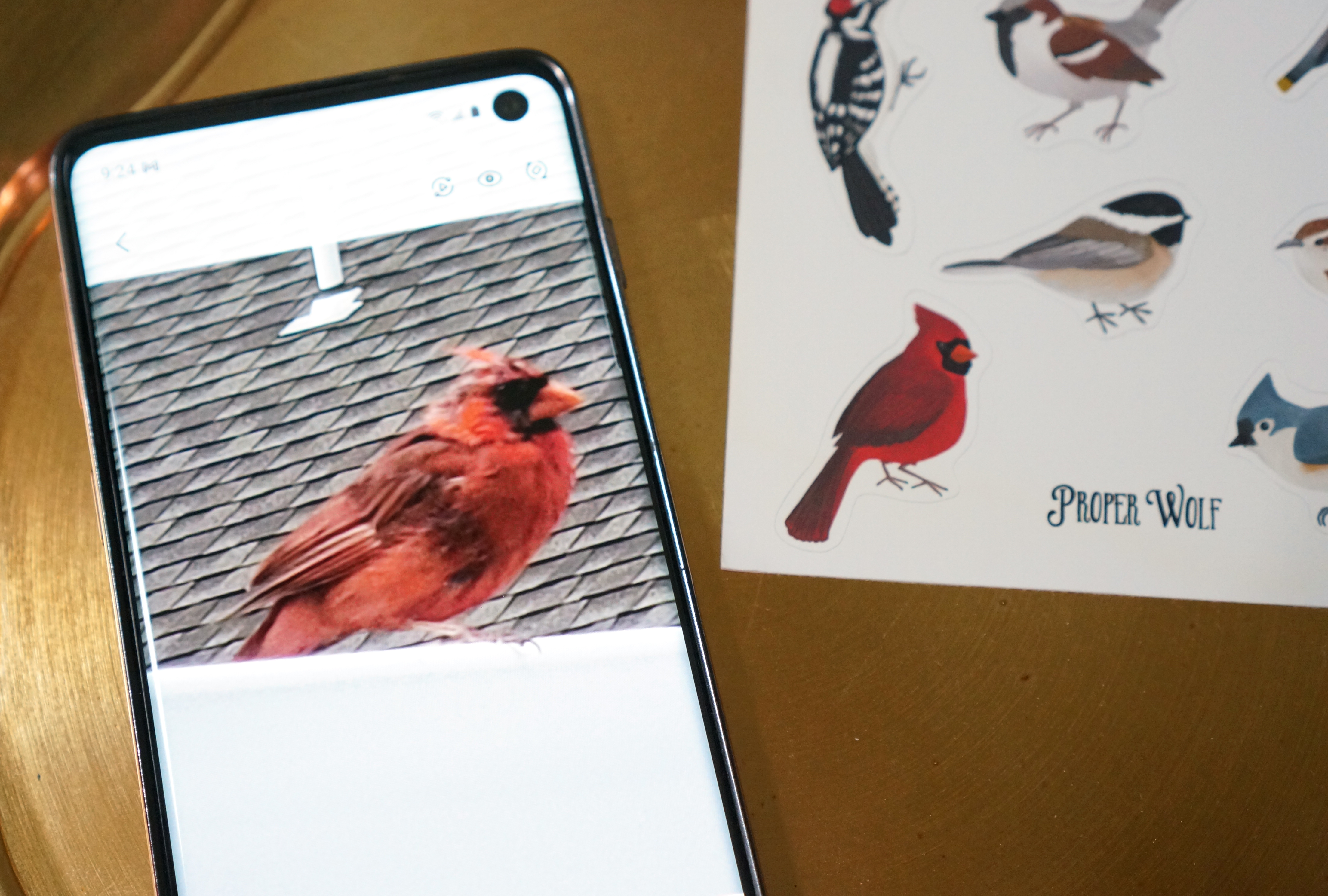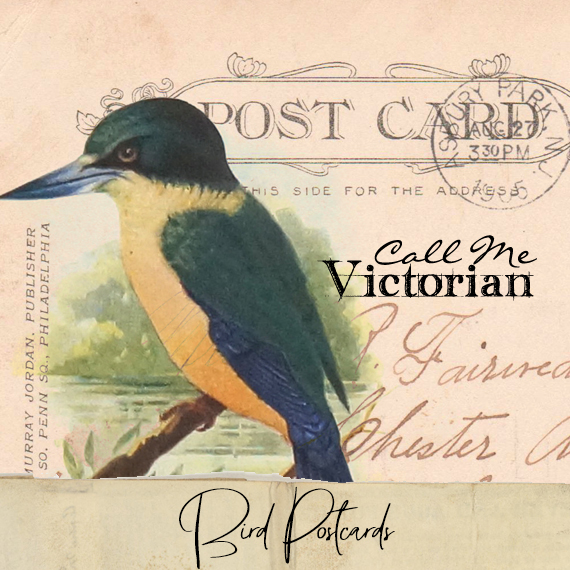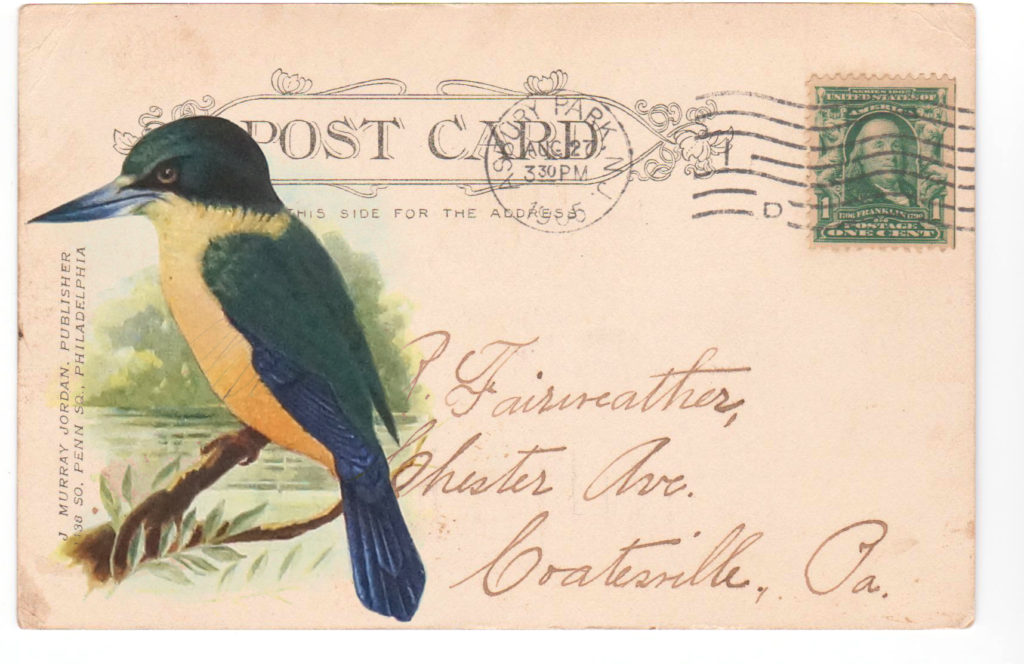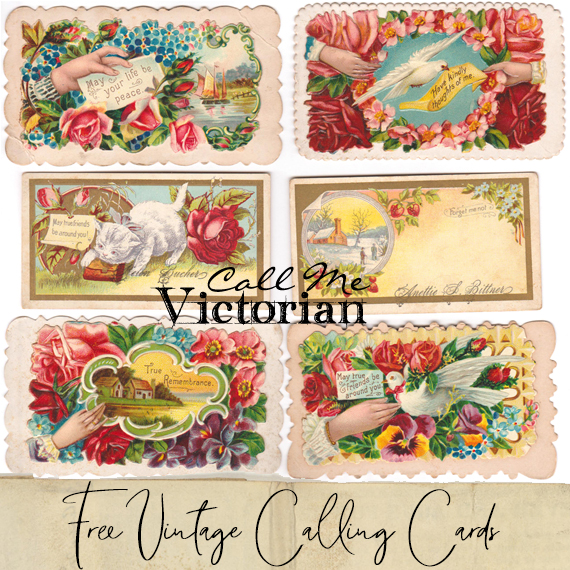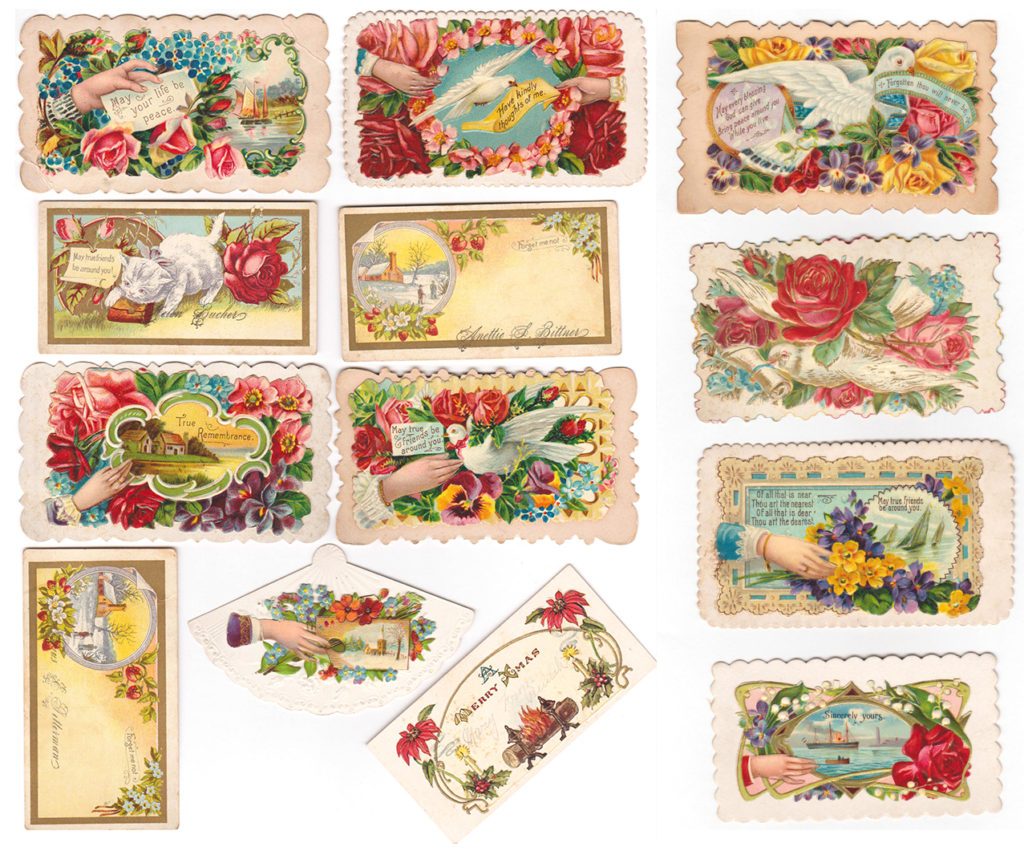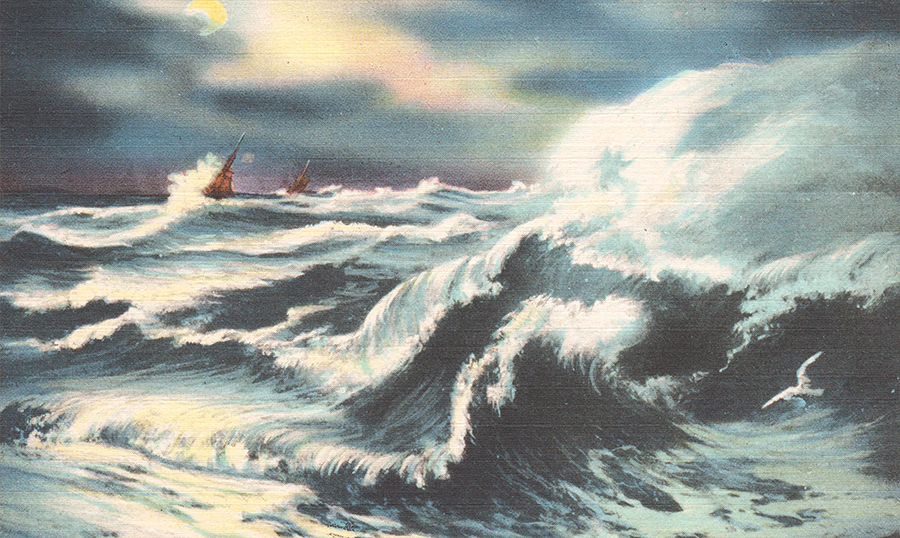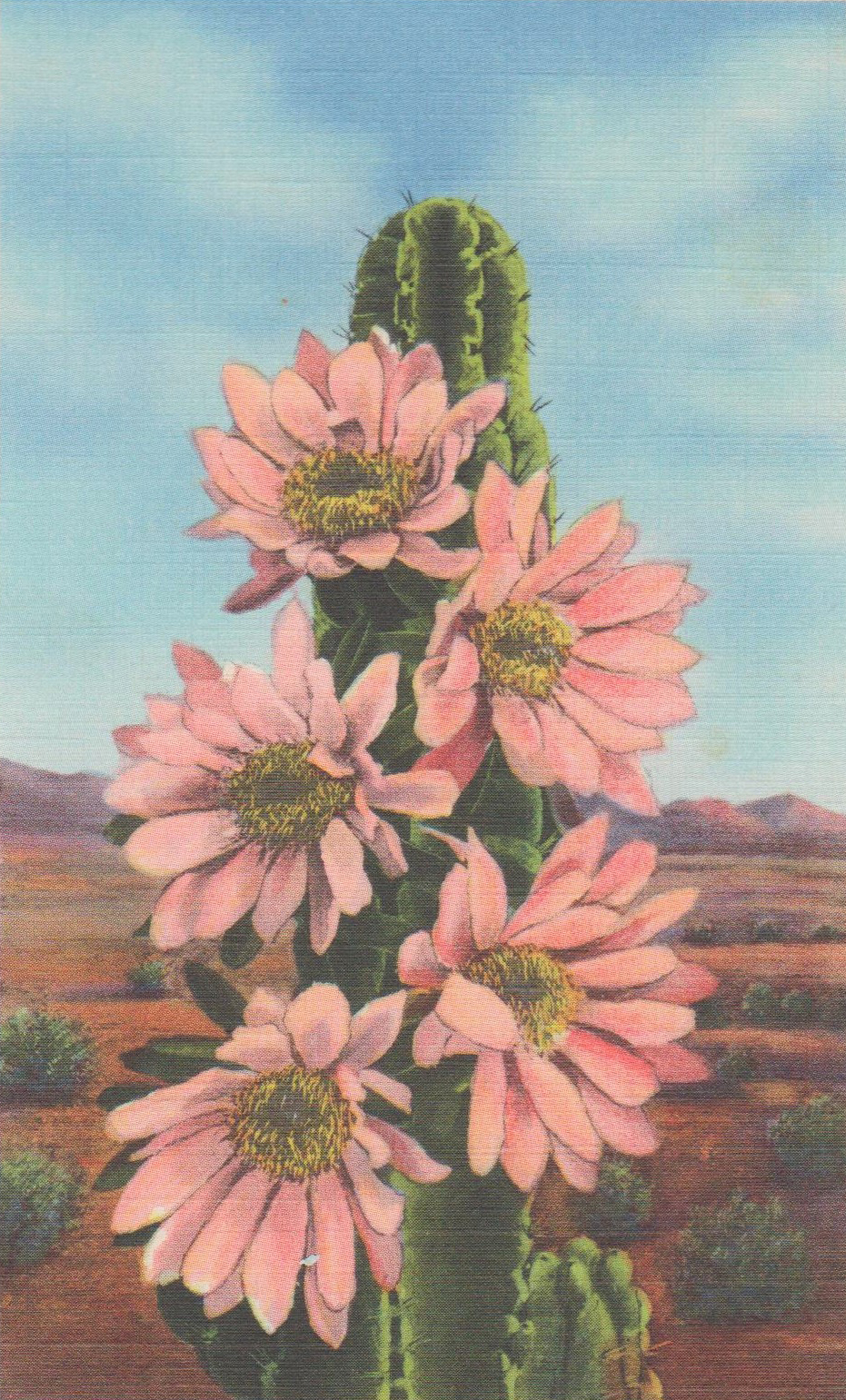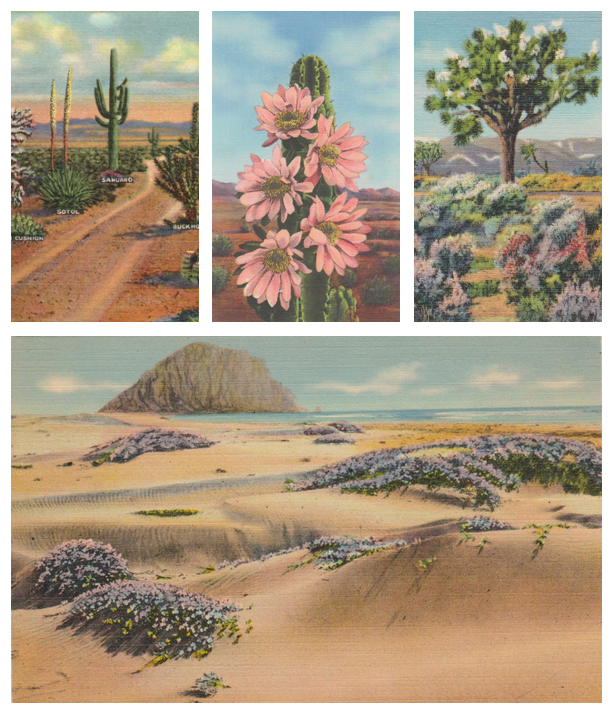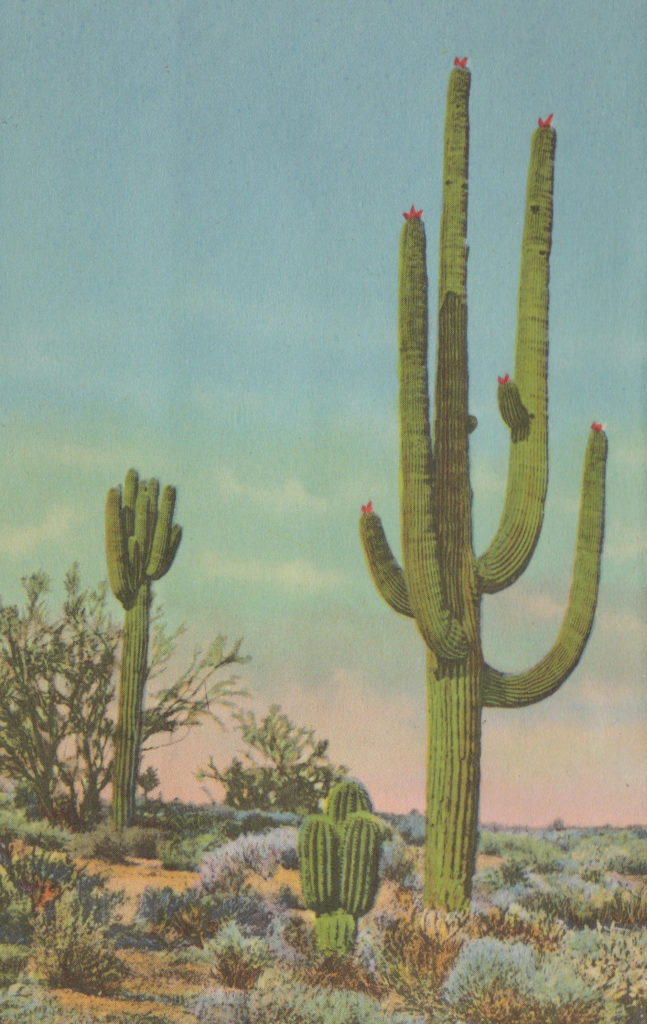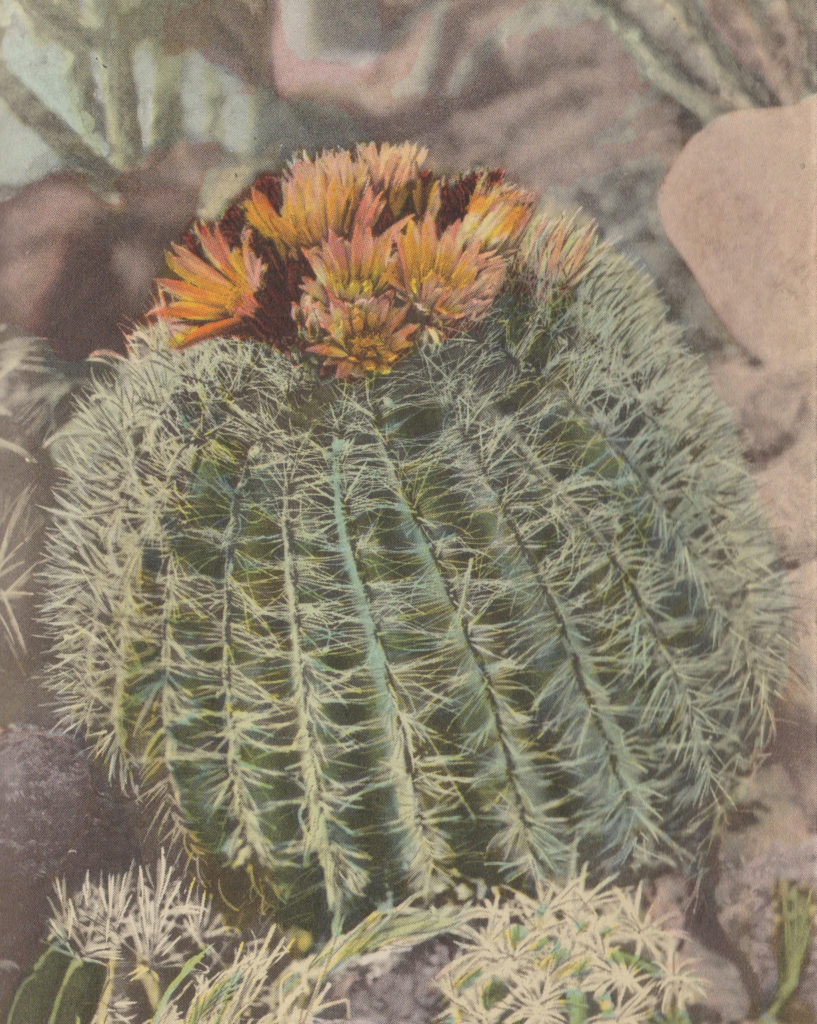The 1904 St. Louis World’s Fair, also known as the Louisiana Purchase Exposition, was held in St. Louis, Missouri, from April 30 to December 1, 1904. It was the largest world’s fair to date; attracting nearly 19 million visitors. It is distinguished for being the first world’s fair with an admission price of only one dollar.
The fair celebrated the 100th anniversary of the 1803 Louisiana Purchase, and Main Street at the fair became known as the Avenue of Nations, lined with flags of the various nations involved in the purchase. The fair commemorated the event with a 272-foot (83 m) tall signal tower, which displayed colored lights that could be seen for miles. Here are some official vintage postcards from the Fair.
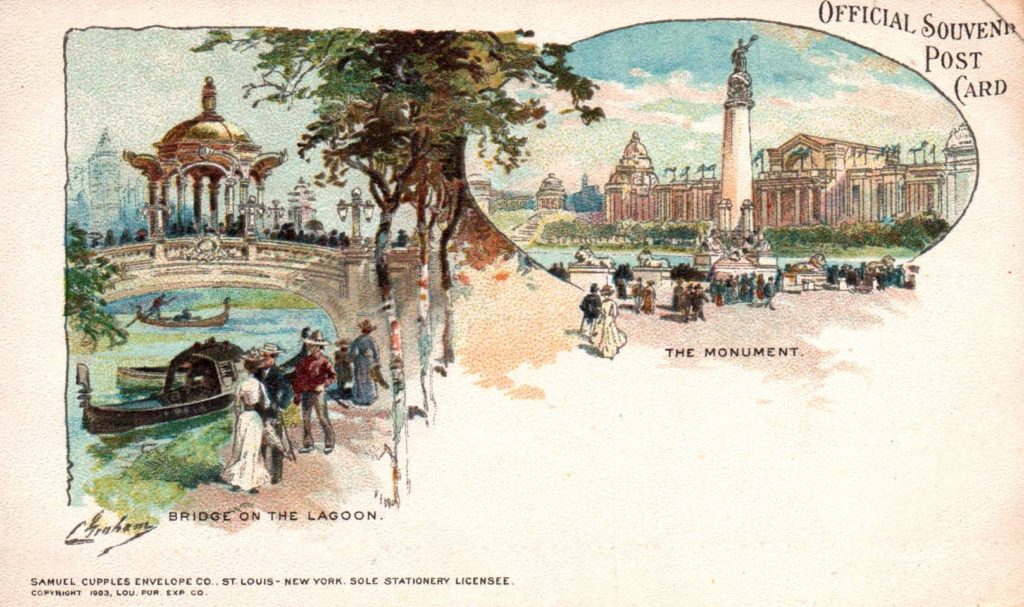
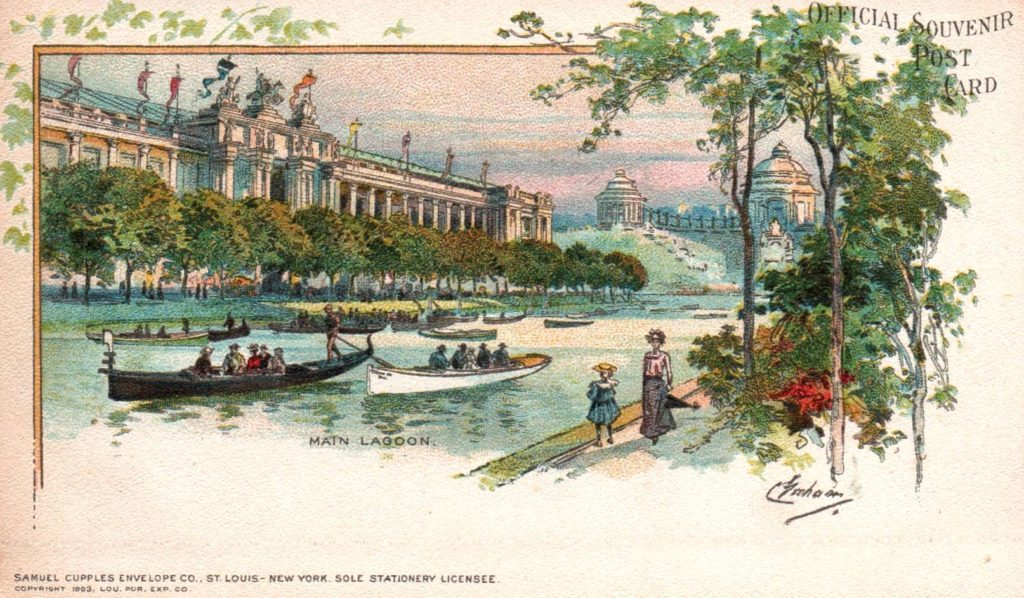
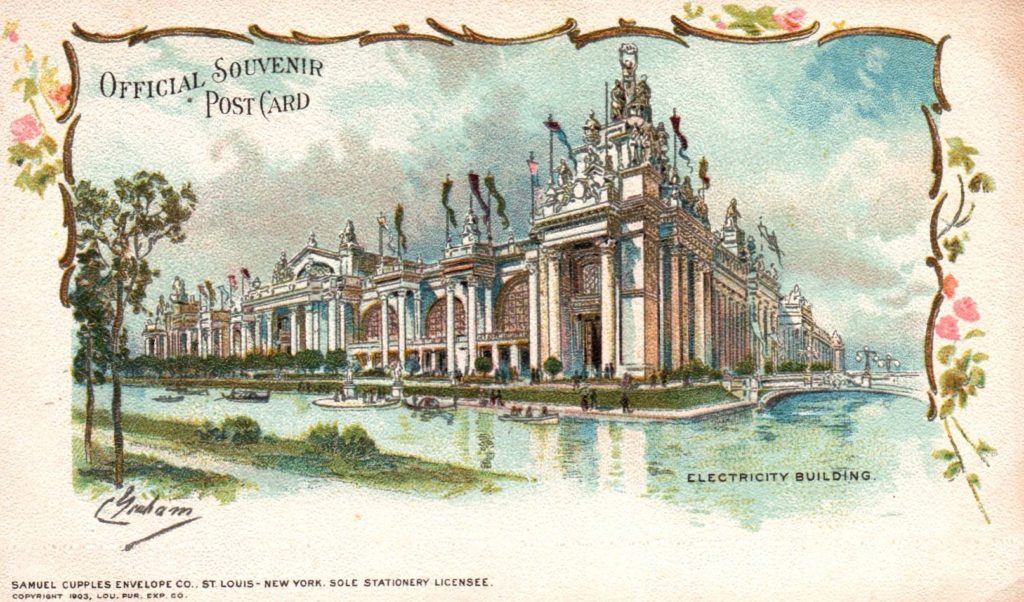
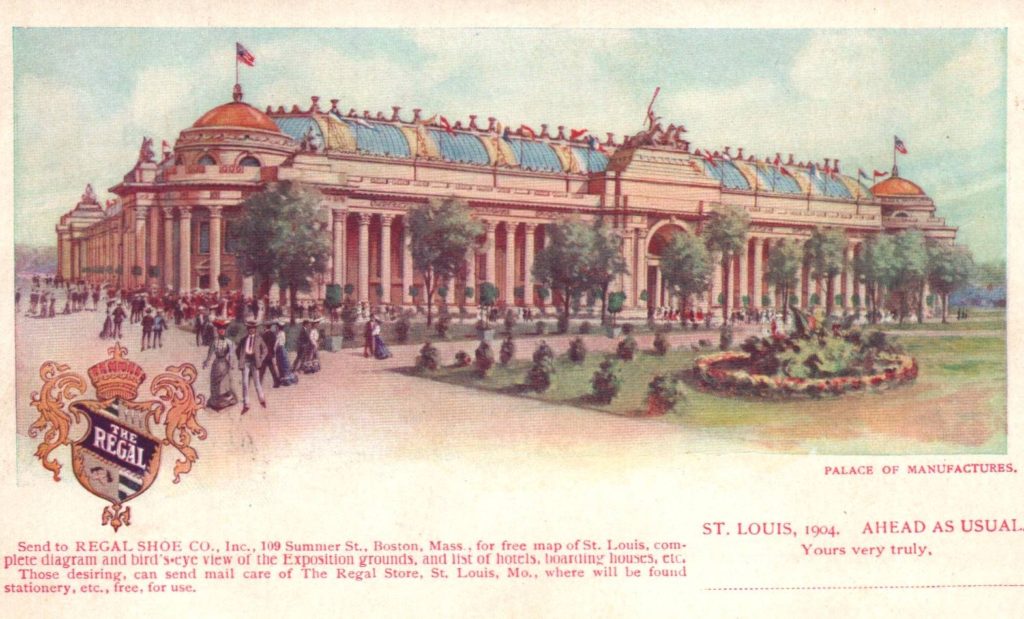
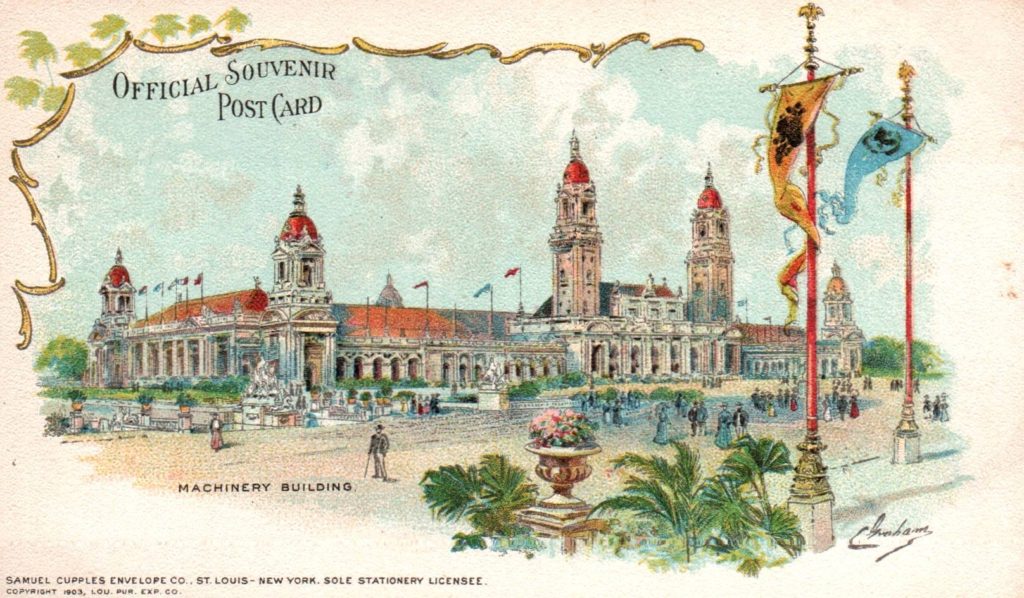
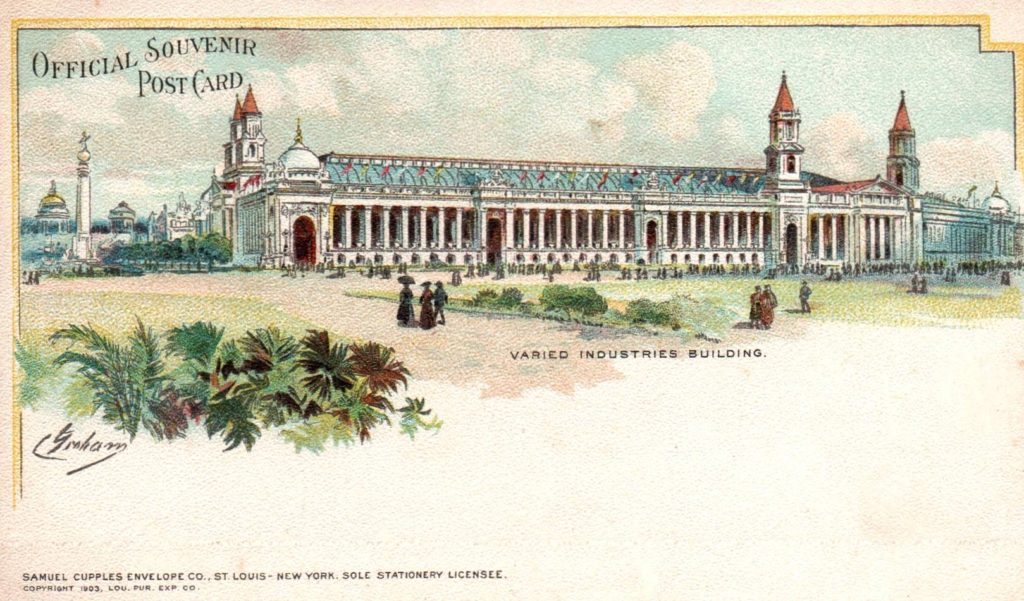
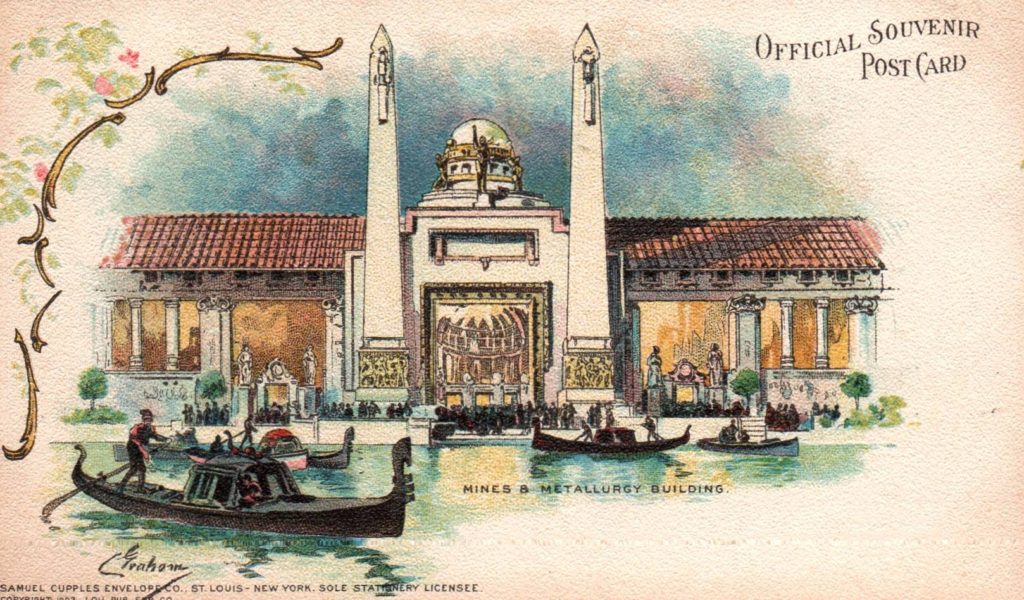
Meet Me in St. Louis
One of my favorite classic films is Meet Me in St. Louis starring Judy Garland. The characters in the movie visit the fair at the end.
The 1904 St. Louis World’s Fair was held to commemorate the 100th anniversary of the Louisiana Purchase.
The 1904 St. Louis World’s Fair was held to commemorate the 100th anniversary of the Louisiana Purchase. The event was an enormous undertaking, with over 60 nations and 43 states represented. It was also the first world’s fair to be held in the United States.
The fair was held in Forest Park, which had been significantly expanded and improved for the occasion. New buildings included the Palace of Fine Arts (now the Saint Louis Art Museum) and the Illustration Building. The grounds also featured a travelogue of the United States, with miniature replicas of various landmarks.
The fair was a massive undertaking, and it was not without its challenges. There were concerns about crime, as the city was not used to hosting such a large number of visitors. There were also concerns about sanitation, as the crowded conditions could lead to the spread of disease.
Despite these challenges, the fair was a huge success. Over 20 million people visited the fair between April and December 1904. It was a showcase of American progress and a celebration of the country’s cultures. The fair helped to boost St. Louis’s economy and cement its reputation as a major city.
2. The fair was held in Forest Park and featured over 1,500 exhibit buildings.
In 1904, the World’s Fair was held in St. Louis, Missouri to commemorate the centennial of the Louisiana Purchase. The fair was held in Forest Park and featured over 1,500 exhibit buildings. The Louisiana Purchase Exposition was the biggest World’s Fair up to that time. It attracted more than 20 million visitors from around the world.
The fairgrounds were designed to be a beautiful, naturalistic setting. The main fairgrounds were in Washington Park, with the main entrance at Lindell Boulevard and DeBaliviere Avenue. There were also exhibits in Forest Park, including the Flight Cage, where birds were displayed.
The Louisiana Purchase Exposition was a showcase for the latest in technology and innovation. One of the most popular attractions was the 1904 World’s Fair Ferris wheel. It was the biggest Ferris wheel ever built, and it carried 2,160 passengers at a time. Another popular attraction was the “Thunderbolt”, a wooden roller coaster.
The fair also featured many cultural exhibits. There was an exhibit of Native American art and culture, as well as exhibits from many different countries. The Louisiana Purchase Exposition was a celebration of the diversity of the United States.
The fair was held for six months, from April 30 to December 1, 1904. It was a great success, and it was the last World’s Fair to be held in the United States for more than 20 years.
3. One of the most popular attractions at the fair was the Louisiana Purchase Exposition Palace of Varied Industries, which showcased products from all over the world.
The Louisiana Purchase Exposition Palace of Varied Industries was one of the most popular attractions at the 1904 St. Louis World’s Fair. The palace showcased products from all over the world, including exotic items from the newly acquired Louisiana Purchase territories. Visitors to the palace could see everything from Native American crafts to African masks to French furniture.
The palace was a massive structure, covering nearly two hectares of ground. It was designed to showcase the Industrial Arts of the World, and featured a wide variety of exhibitors. The United States government was one of the largest exhibitors, and had a pavilion that featured products from the newly acquired Louisiana Purchase territories.
The Louisiana Purchase Exposition was a huge success, and attracted millions of visitors from all over the world. It was a showcase for the newest products and technologies, and helped to boost American trade and commerce. The Palace of Varied Industries was one of the most popular attractions at the fair, and helped to make the 1904 St. Louis World’s Fair a resounding success.
4. Another popular attraction was the Diving Bell, which allowed visitors to experience what it was like to be underwater.
The Diving Bell was one of the most popular attractions at the 1904 St Louis World’s Fair. Visitors could experience what it was like to be underwater, and see the fish and other sea creatures up close. The Diving Bell was a huge hit with the visitors, and was one of the highlights of the fair.
5. The fair was a success, attracting over 20 million visitors from all over the world.
The 1904 St Louis World’s Fair was a resounding success, attracting over 20 million visitors from all over the globe. It was a celebration of the 100th anniversary of the Louisiana Purchase, and showcased the many wonders of the American West.
There was something for everyone at the fair. For those interested in science and technology, there were exhibits on electricity, the wireless telegraph, and even an early version of the automobile. There were also displays of natural resources from the West, including minerals, timber, and oil.
But the fair wasn’t just about science and technology. There was also a strong cultural element, with exhibits on the arts, music, and literature of the American West. There were even Indigenous Peoples from the region on display, giving visitors a rare glimpse into their cultures.
The 1904 World’s Fair was a true celebration of the American West, and its success ensured that St. Louis would remain an important city on the national stage for years to come.
The 1904 St Louis World’s Fair commemorated the 100th anniversary of the Louisiana Purchase. The fair was a success, with over 20 million people attending. It showcased the advances made in the United States in the past 100 years, and promoted international unity and understanding.
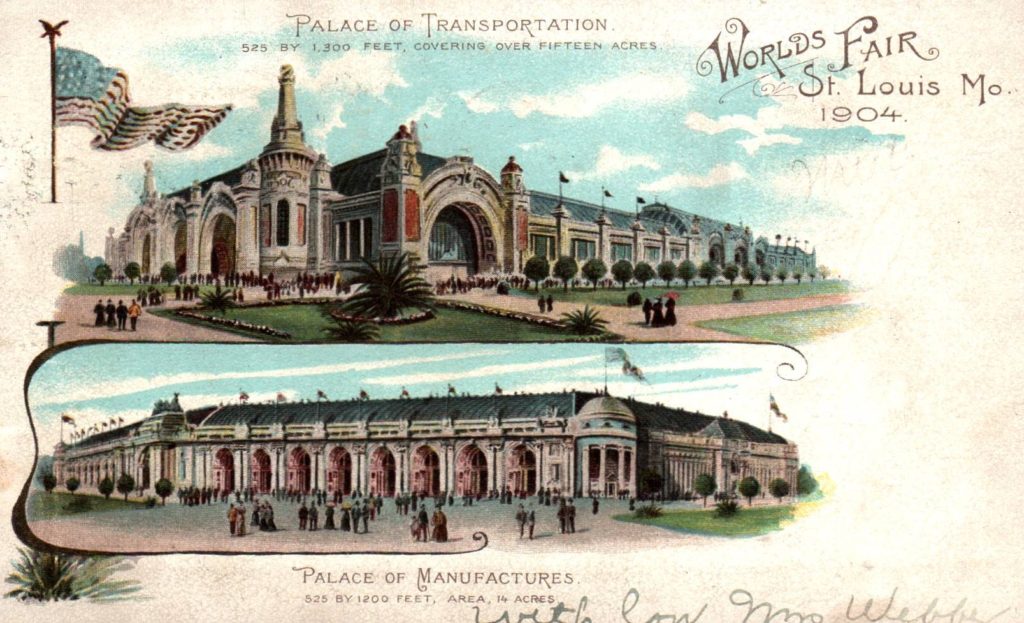
Palace of Transportation and Palace of Manufactures
This page and all the pages on this site may generate affiliate income by displaying advertisements or through links to partners, such as Amazon, Google, or others.
